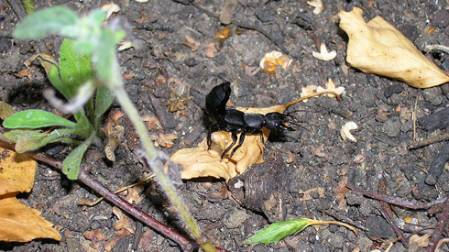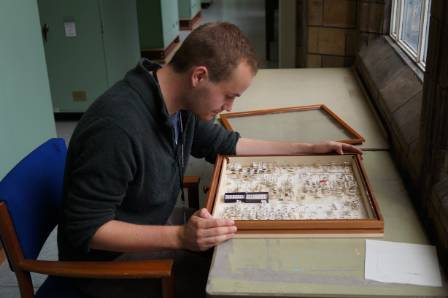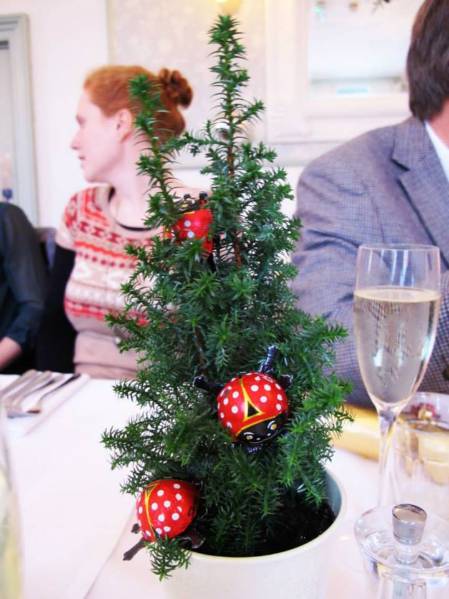Emeline Favreau, our long-standing volunteer and recently graduated MRes in Biosystematics from Imperial College, London, and Josh Jenkins Shaw, also a long-standing volunteer and MSc Entomology student at Harper Adams share a little of what they did at the Museum this summer.
We have been quite busy this summer investigating the diversity of beetle infra-order Staphyliniformia. This is the group of Coleoptera whose popular members have short elytra (Staphylinidae), like the devil's coach horse. Using the same method as in the Biodiversity Initiative, we have used their DNA to unveil the evolutionary relationships between species.
The Devil's coach horse, Ocypus Olens, Müller, 1764
The idea was to understand the evolution of this group, as scientists have yet to pin point the exact placement of some families in the tree of life, like Pselaphidae for example. If we identify the close relatives to the Pselaphinae, we would be able to understand how this family evolved from a common ancestor. How would this common ancestor look like? What would have been its preferred habitat? What would it have been eating? These are the questions we want to answer.
In the laboratory, we first get the DNA from Staphyliniformia specimens and we spend (quite a lot of) time on a computer to figure out their evolution from molecular data. We use algorithms that convert the DNA into meaningful data, which in turn is used to create the tree of life (see the recent research on all insects). And this is when Josh comes in, as a fantastic volunteer in the molecular lab and here at Origins:
“I'm Josh, a volunteer in the molecular systematics lab at the NHM but I have previously volunteered in the beetle collection during the summer of 2011. Now I'm bringing the two areas together to complement each other.
Josh might be a little confused; this looks like the ladybird section; or is he just looking for out-groups?
This summer I've been working with MRes student Emeline Favreau trying to understand the phylogenetic and evolutionary relationships of the infra-order Staphyliniformia (that is the series that contains the Histeroids, Hydrophiloids and Staphylinoids - basically a lot of beetles - more than 74,000 described species!!)
Other than looking at DNA sequences on a computer and scratching my head a lot when faced with using odd computer programmes, I have been trying to identify specimens which have had their DNA sequenced already. Building phylogenetic trees is brilliant, but they only really make sense when the end points (nodes) have a name at the end! Identifying beetle specimens is often made much easier when you have a reference collection to hand, so it's rather fortuitous that the Coleoptera collection is two minutes' walk from where I've been based!
I also assisted Beulah with putting together a Staphylinid loan which mostly consisted of specimens belonging to the genus Bolitogyrus - a geographically interesting lineage, but they are also extremely cool looking!
A collection drawer packed full of Bolitogyrus!
I recommend having a read/look at the photos in a recent taxonomic revision by Brunke & Solodovnikov:
This revision uses NHM specimens and also describes many new species. Some of the NHM specimens were collected over 100 years ago and form part of the BCA collection.
Ladybirds getting in on the act once more! Emeline at last Christmas' Coleoptera party...Happy Christmas!






